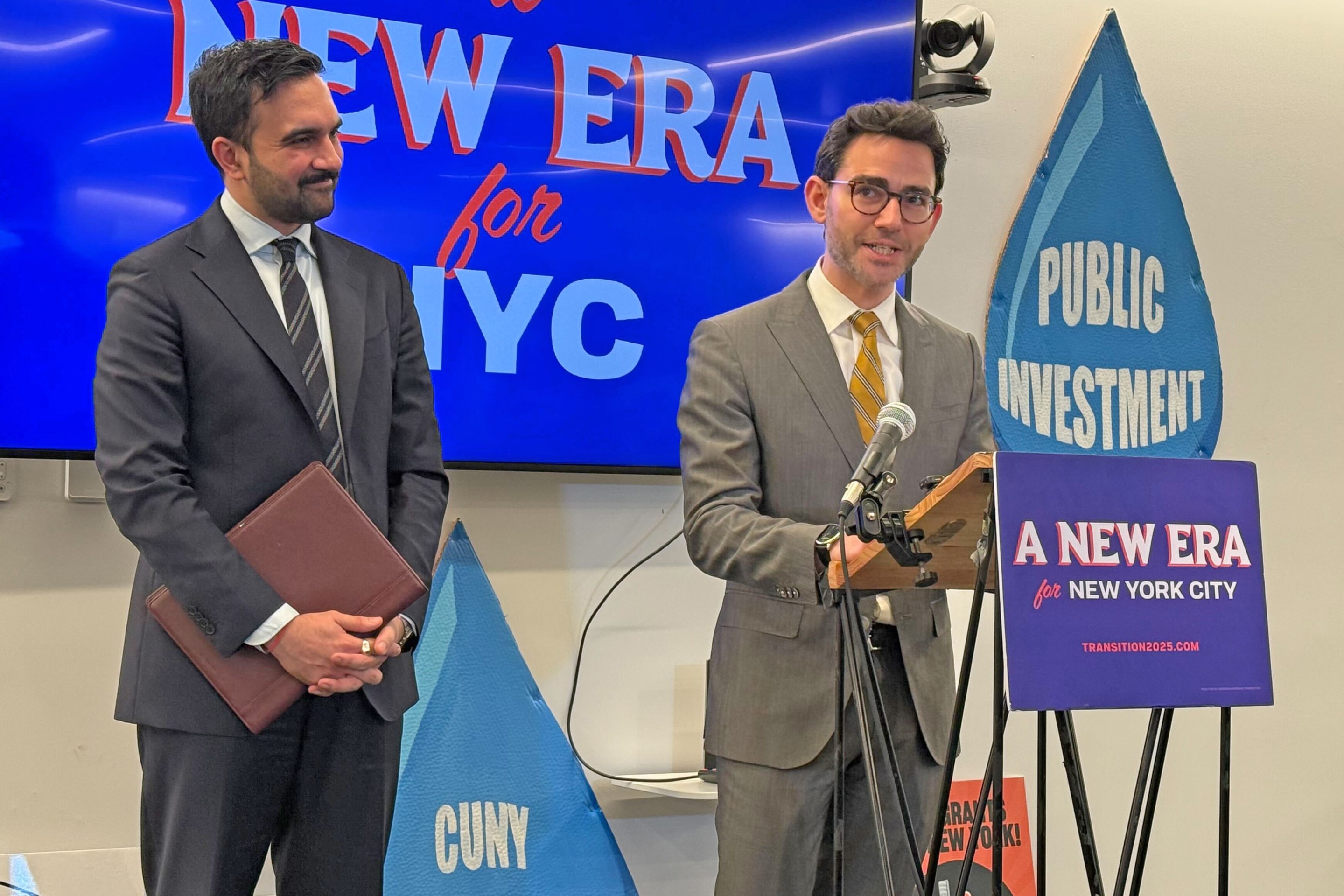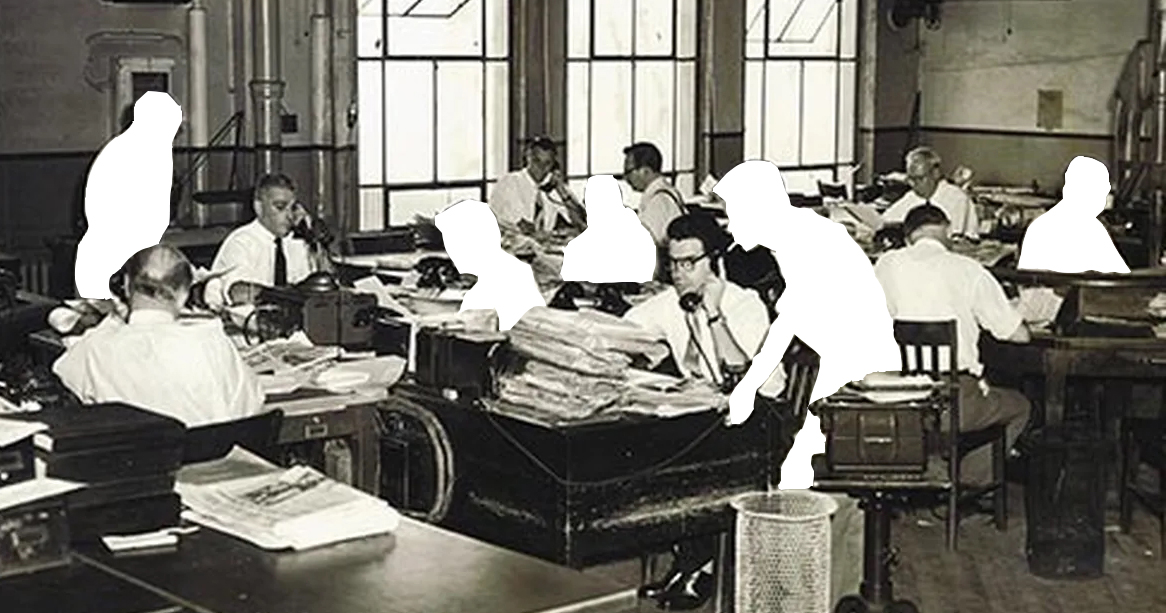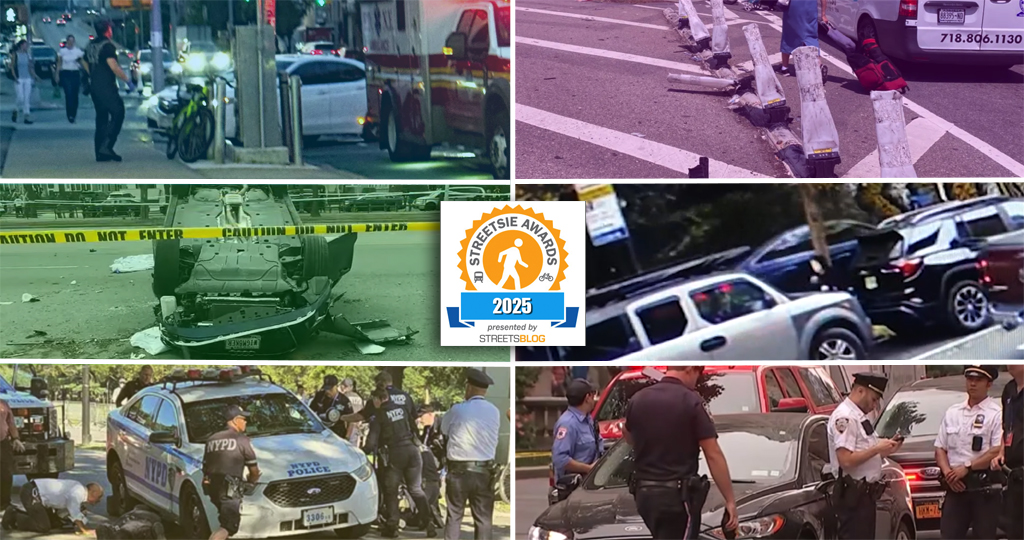The Department of Transportation says it will close a gap between the East and the West sides of Manhattan's northern tip by extending the western end of a protected bike lane on Dyckman Street — but the agency said it may give in to a handful of drivers who are demanding their free parking over the proven safety measure of daylighted intersections.
The DOT wants to install a two-way bike path on the uptown roadway, covering four blocks west from Quisqueya Plaza to the waterfront, agency reps told the Community Board 12 Traffic and Transportation Committee on Monday night.
The changes, slated to for the spring, will make the wide road safer for all road users than the current unprotected bike lanes, where drivers often intrude and double park.
"We're pretty excited about the safety benefits for a project like this that we've seen in other places around the city, connecting the greenways on either side of the river, but also providing transportation for people throughout the neighborhood, just getting around," said DOT Project Coordinator Preston Johnson.
The Hudson River Greenway — the nation's busiest bike lane — is currently closed between Dyckman and W. 181st streets, due to a returning sink hole, and for repairs along the Cherry Walk between W. 100th and W. 125th streets.
On the East Side, the city recently won $96 million in federal grant money to finish the waterfront greenway around the top of the island via 10th Avenue, which officials plan to build out in 2027.
The agency on Monday proposed a parking protected path along the north curb, while the middle section, between Payson Avenue and Staff Street, will have a barrier instead of parking.

The agency will also paint pedestrian islands to shorten crossing distances from 44 feet to 25 feet.
Closer to the water, the agency will replace current angled parking with the protected bike lane.

The strip is moderately dangerous, according to Johnson, with 28 people injured in crashes, two severely, between 2019 and 2023. Among those, six were cyclists, one of which was seriously injured.
The redesign will remove 40 spaces that the city currently gives away for free storage of private vehicles. Some of the CB 12 committee members bemoaned the loss of the vehicle spots, and called on the agency to tweak the plan to keep more parking.
"We need a greener world, and ideally, all these cars would magically become electric like mine," said Jim Berlin. "But the point is, at the moment, we have cars, and we can't willy-nilly without having some very, very angry people, probably with great justification, just take away 40 parking spaces."
DOT reps said they could keep more spaces for cars, mainly closer to crosswalks, but that would block visibility for drivers and pedestrians. Removing parking near corners is a well-established safety treatment also known as daylighting.
"We're happy to try to tighten things up where we can and add back 10 or 15 feet, you know, at the intersections," said Deputy Director of DOT's Bicycle Unit Shawn Macias. "But there is a lot of value in daylighting as well. So that's where a lot of the parking loss comes is at the intersections, so that motorists can see, you know, emerging pedestrians or motorists from the side streets."
The city removed the bike lanes on Dyckman Street east of the plaza at Seaman Avenue in 2018 after they came under fire from then-Borough President Gale Brewer and Rep. Adriano Espaillat, the latter of whom had famously derided the safety infrastructure from the driver's seat of his car.
The pols had accused the lanes of clogging up the road with traffic, as opposed to the cars double- and triple-parking along the Inwood corridor.
DOT eventually restored the lanes as a two-way path along Dyckman's north curb in 2019, amid a flare up in cyclist deaths that year.
During the pandemic in 2021, a block of the roadway between Seaman Avenue and Broadway became a car-free plaza.






